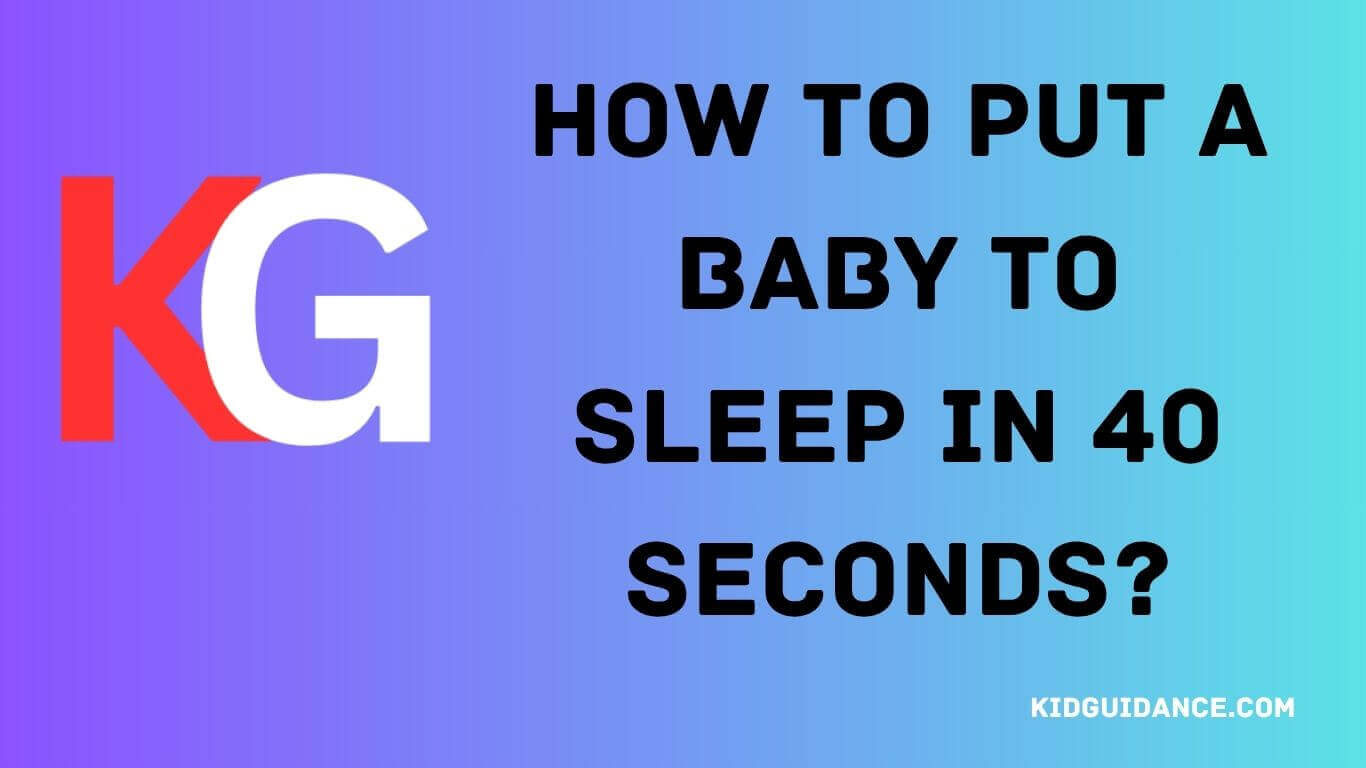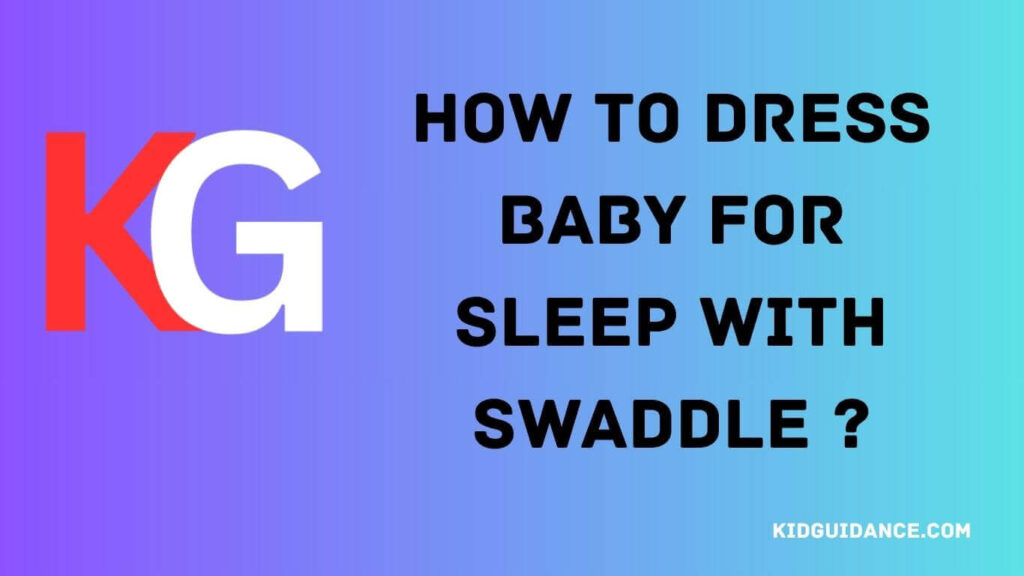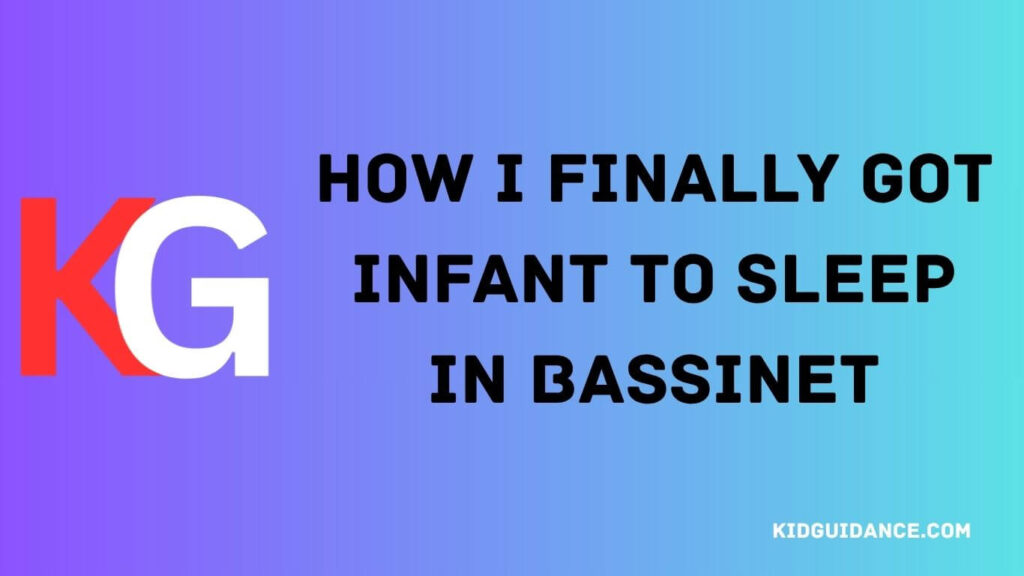When you’re a new parent, getting your baby to sleep can feel like a huge challenge. If you’ve ever wondered how to put a baby to sleep in 40 seconds, trust me—you’re not alone. I’ve been there, tired, stressed, and pacing with a baby in my arms at 2 a.m. One night, I stumbled upon a trick so gentle and quick, it felt almost magical. Babies are more tuned in than we realize, and with the right touch, they can fall asleep fast. In this guide, I’ll walk you through simple, effective steps for getting your baby to sleep in no time. These methods are calm, kind, and backed by both love and science.
Why Fast Sleep Tricks Matter
Newborn life is full of joy, but also full of sleepless nights. It feels like every cry adds pressure, and some nights can seem never-ending. That’s why discovering even one sleep trick that works can feel like a superpower. I remember a particular night when my daughter was exhausted but refused to sleep. I followed a simple method—stroking her forehead gently—and in under a minute, she blinked slowly and drifted off to sleep. That moment changed everything for me.
In this post, I’ll share the science behind how to get a baby to sleep in 40 seconds and teach you a step-by-step method that works. Whether you’re searching for the fastest way to put a baby to sleep or looking for ways to calm your little one, this article will guide you through it.
Sleep Is Not About Forcing It
You can’t make a baby sleep—you can only guide them. Think of your baby like a wave. You want to catch the calm part before it crashes. If you miss that moment, fussiness and crying can take over. Babies have shorter sleep cycles than adults, and they also don’t yet know the difference between day and night. This is why creating simple signals—like soft light, gentle touch, and steady sound—helps them learn how to relax.
Timing Is Key
To put a baby to sleep really fast, it’s all about timing. Watch for these early sleep signs:
- Red eyelids
- Slow, long blinks
- A faraway, glassy stare
- Soft yawns
These are golden moments. If you wait too long, your baby may become overtired and fussy, which will only make sleep harder. I’ve missed these signs plenty of times, but now I know to act quickly when I see them. Acting fast but gently is key to helping your baby relax.
The 40-Second Trick That Changed My Life
Here’s what worked for me—and many parents around the world. No fancy gadgets are needed, just a few simple steps:
- Dim the Lights: Avoid bright overhead lights. Use soft, warm lighting. If you have a red light, that’s even better.
- Swaddle Gently: For babies under 4 months, swaddling helps them feel safe and secure. Make sure the swaddle is snug but not too tight.
- Stroke the Forehead: Using your finger or a soft tissue, gently stroke the top of the baby’s head to their nose in slow, steady movements.
- Add Sound: A quiet “shhh” or soft white noise can work wonders. It mimics the sound babies heard in the womb.
- Use a Pacifier: If your baby uses one, let them suck on it. Sucking is soothing and can help them relax.
Repeat the forehead stroke slowly. Watch as their blinks become longer and their breathing slows. Soon, they will drift off to sleep. It doesn’t always work right away, but when it does, you’ll feel like a baby whisperer.
How to Put a Child to Sleep Fast
As your baby grows, the method may change, but the basics stay the same: calm, rhythm, and low energy. For toddlers:
- Set a short, peaceful routine.
- Play the same lullaby every night.
- Avoid screens at least 1 hour before bed.
- Read a bedtime story in a soft, calm voice.
The key isn’t speed—it’s about getting in sync with your child’s needs and establishing a soothing rhythm.
Sleep Is a Journey, Not a Race
If you’re wondering what’s the fastest way to put a baby to sleep, remember: Fast sleep isn’t always the goal. Calm, restful sleep lasts longer, which is especially important for babies. It’s also important for tired parents.
Some nights, nothing works. Other nights, sleep comes easily. Every baby is different, and that’s okay. The important thing is to show up, try your best, and learn what works for your little one.
What I Love About This Method
I love that this method helps you connect with your baby’s rhythm. It builds trust and doesn’t rely on screens, apps, or medications. But let’s be honest—it won’t work every time. Sometimes, your baby will resist sleep no matter what. Growth spurts, teething, and sleep regressions can make sleep hard. When that happens, don’t blame yourself. Try again tomorrow.
FAQs:
Q1: How to put a baby to sleep in 40 seconds?
Gently stroke the forehead with a tissue, swaddle softly, and add white noise. This helps most babies relax and fall asleep fast.
Q2: What’s the fastest way to put a baby to sleep?
Catch early sleep signs, dim the lights, and use calm sound. Put the baby down gently when they’re relaxed.
Q3: How to get a baby to sleep in 40 seconds without crying?
Use soft movements. Keep the room quiet and calm. Make sure the baby is fed and burped before bed to avoid fussiness.
Q4: How to put a child to sleep fast at night?
Create a calming routine with soft light, a bedtime story, and some quiet time. Stick to the same routine each night.
Q5: How to put a baby to sleep really fast when overtired?
Wrap the baby snugly in a swaddle. Rock gently. Use a quiet hum or soft sound to help them settle.
Q6: What if my baby doesn’t sleep after 40 seconds?
It’s normal. Try again with gentle touch and low sound. Each baby is different, and some need more time.
Q7: Can white noise help my baby sleep faster?
Yes. White noise blocks sharp sounds and helps babies feel calm, like they did in the womb.
Q8: Does red light improve baby sleep?
Yes. Red light helps produce melatonin, the natural sleep hormone, which keeps babies calm.
Q9: Is swaddling safe every night?
Yes, if your baby is under 4 months and cannot roll over. Stop swaddling once they begin to roll.
Q10: Why does the 40-second trick work for some babies?
It taps into their calming reflex. Gentle touch and low sound help babies relax and drift off quickly.
Final Thoughts
Learning how to put a baby to sleep in 40 seconds won’t fix every sleepless night, but it’s a helpful tool when you need it most. Dim the lights, hold your baby close, and use a gentle touch. This moment may be brief, but it’s beautiful—and you’ve got this!




